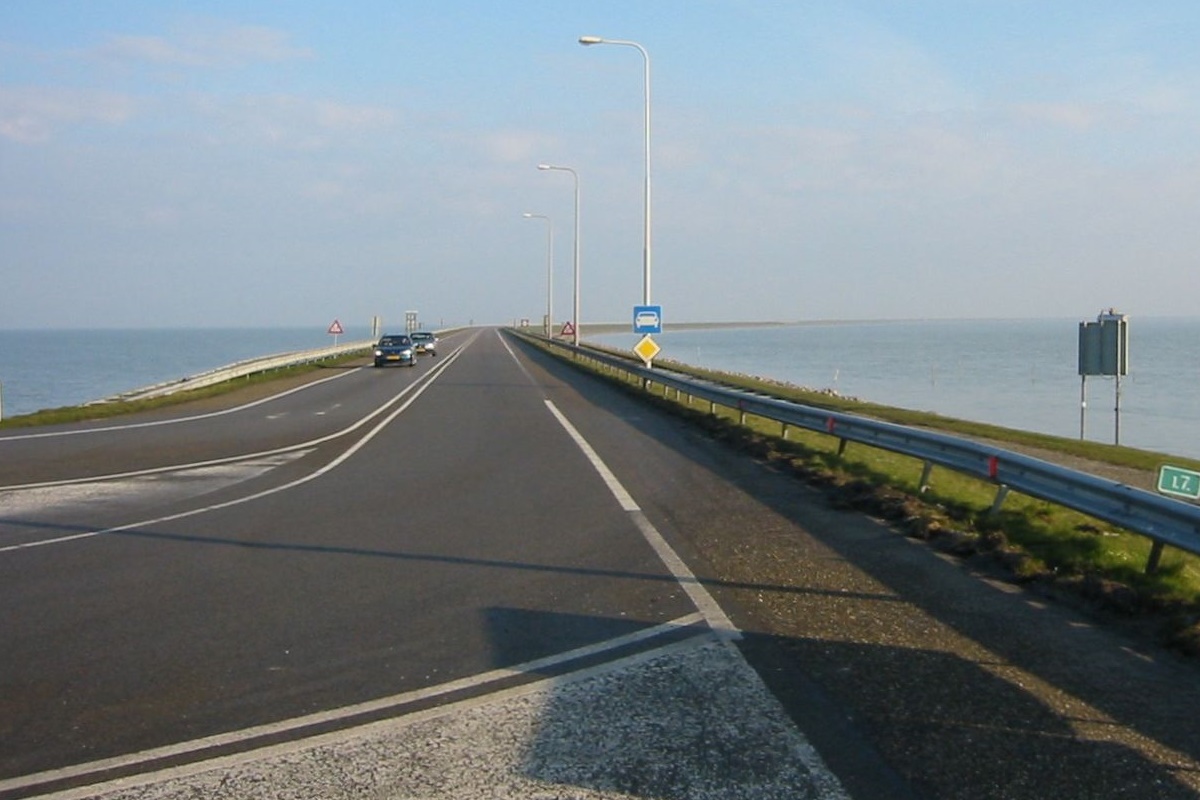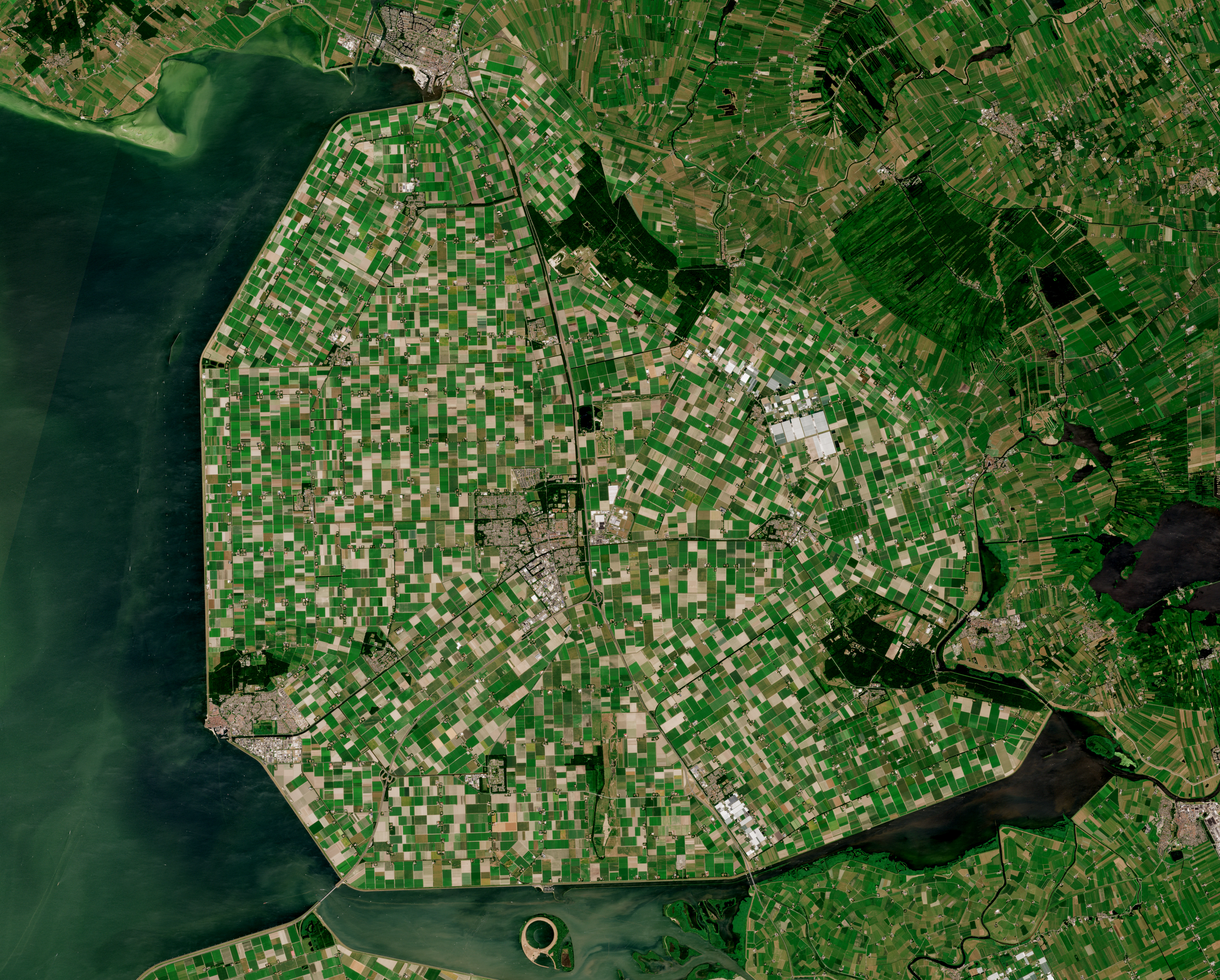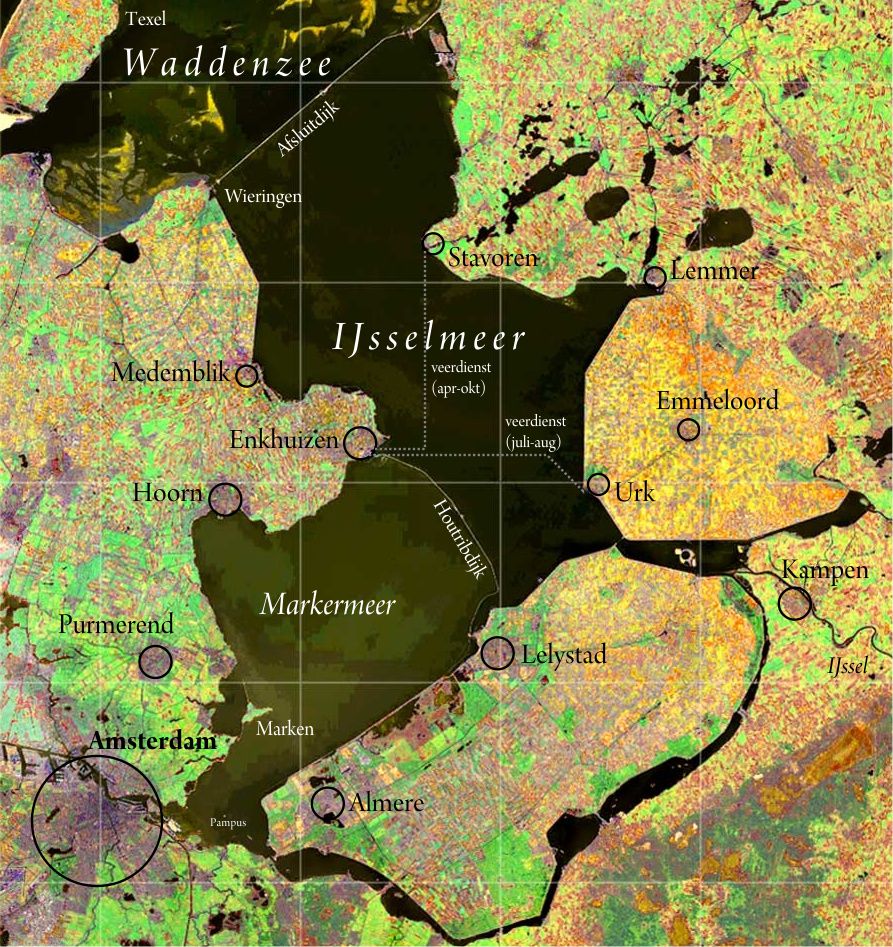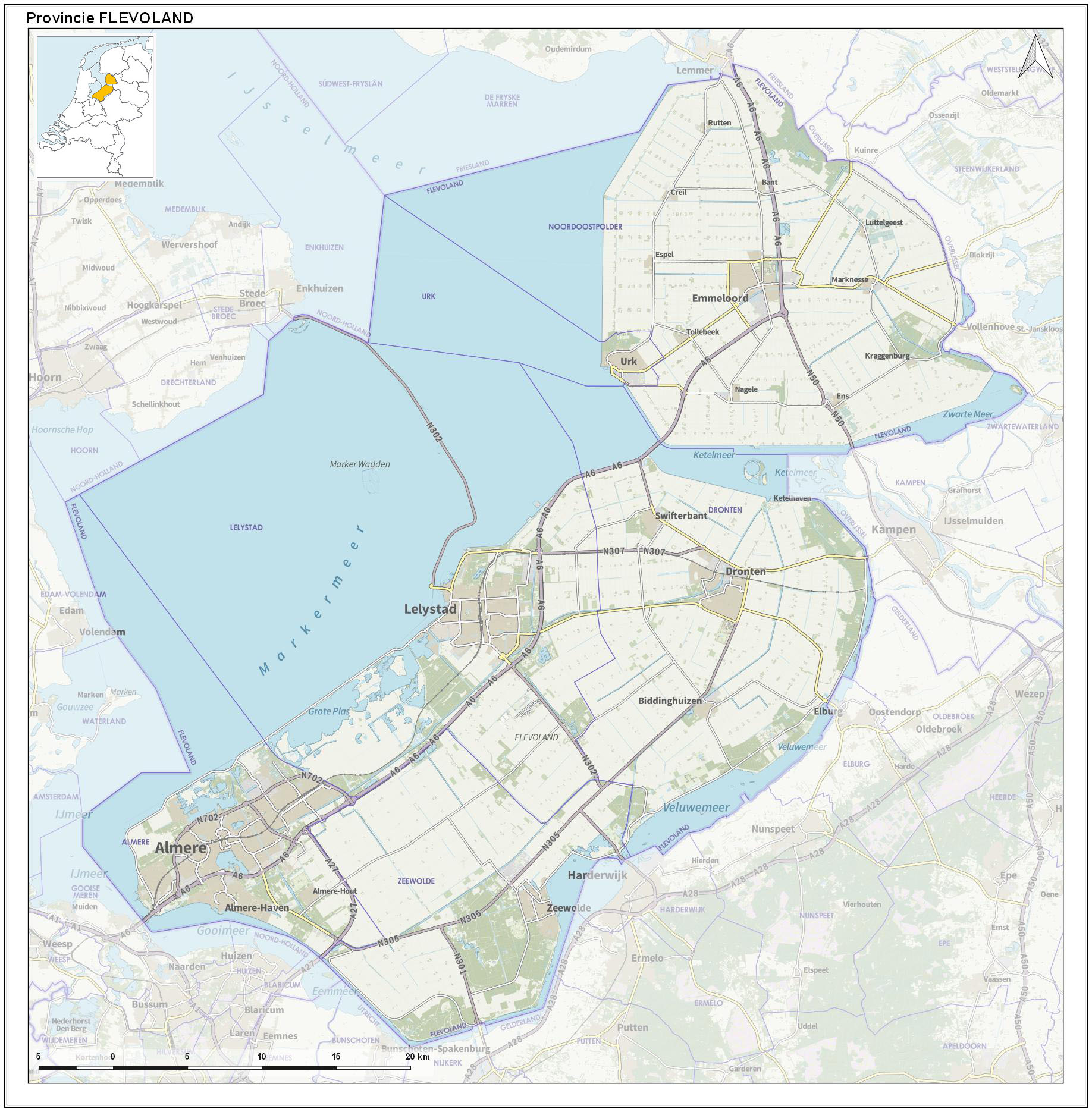|
Markermeer
The Markermeer () is a lake in the central Netherlands in between North Holland, Flevoland, and its smaller and larger neighbors, the IJmeer and IJsselmeer. A shallow lake at 3 to 5 m in depth, matching the reclaimed land to its west, north-west and east it is named after the small former island, now peninsula, of Marken on its west shore. The Markermeer was not originally intended to remain a lake. It was formerly part of the Zuiderzee, a saltwater inlet of the North Sea, that was dammed off by the ''Afsluitdijk'' (Closure Dike) in 1932, turning the Zuiderzee into the freshwater IJsselmeer. The following years saw the reclamation of extensive tracts of land as large polders in an enormous project known as the Zuiderzee Works. One of these, the Markerwaard, was to occupy the area of the current Markermeer. Part of the construction of this polder was building the ''Houtribdijk'', also called ''Markerwaarddijk'', finished in 1976, which hydrologically splits the IJssel ... [...More Info...] [...Related Items...] OR: [Wikipedia] [Google] [Baidu] |
Marker Wadden
The Marker Wadden is an artificial archipelago under development in the Markermeer, a lake in the Netherlands. The first island was inaugurated on 24 September 2016. Project The project was proposed in 2012 by the Vereniging Natuurmonumenten. The Dutch government, BirdLife Netherlands, ANWB, and VNO-NCW are partners in its development. Work on the first phase, which is mainly focused on the construction of the first island, started in April 2016, with Boskalis Westminster being awarded the contract. The main aims of the project are to create breeding grounds, islands, and coast line as well as to improve the water ecology of the Markermeer. The project creates a wetland comparable with the Wadden Sea—hence the name of the project—yet without tides. This is because the Markermeer is not connected to the sea and is in a fresh water environment. The new nature reserve will be accessible to tourists. On 11 May 2016, the first new island was completed, Natuurmonumenten ... [...More Info...] [...Related Items...] OR: [Wikipedia] [Google] [Baidu] |
Zuiderzee Works
The Zuiderzee Works ( nl, Zuiderzeewerken) is a man-made system of dams and dikes, land reclamation and water drainage work, in total the largest hydraulic engineering project undertaken by the Netherlands during the twentieth century. The project involved the damming of the Zuiderzee, a large, shallow inlet of the North Sea, and the reclamation of land in the newly enclosed water using polders. Its main purposes are to improve flood protection and create additional land for agriculture. The American Society of Civil Engineers declared these works, together with the Delta Works in the South-West of the Netherlands, as among the Seven Wonders of the Modern World. Background The "Netherlands" (literally the "Low Countries") have low flat topography, with half the land area below or less than one metre above sea level, and has for centuries been subject to periodic flooding by the sea. The seventeenth century saw early proposals to tame and enclose the Zuiderzee, but the ambitiou ... [...More Info...] [...Related Items...] OR: [Wikipedia] [Google] [Baidu] |
Markerwaard
200px, The Markerwaard would be on what is now the Markermeer The Markerwaard is the name of a proposed, but never built, polder adjoining the IJsselmeer in the central Netherlands. Its construction would have resulted in the near-total reclamation of the Markermeer. Cornelis Lely's plan projected a polder in the south-west of the Zuiderzee, originally named ''Hoornsche Polder'', referring to Hoorn, then simply "Southwest Polder". Later the name was changed to Markerwaard Polder, after the island of Marken. However, reclamation of three other polders took place first, and preparations for the Markerwaard were being made while draining of the northeast and southeast polders (today's Flevoland) were underway. In 1941 work for this project started; about 2 km (1¼ miles) of a dike north of Marken was built. It would have had an area of nearly 600 km2 (200 sq. mi.). But the German occupation stopped the project. Later, it was decided that the Flevopolder should have prior ... [...More Info...] [...Related Items...] OR: [Wikipedia] [Google] [Baidu] |
IJsselmeer
The IJsselmeer (; fy, Iselmar, nds-nl, Iesselmeer), also known as Lake IJssel in English, is a closed off inland bay in the central Netherlands bordering the provinces of Flevoland, North Holland and Friesland. It covers an area of with an average depth of . The river IJssel flows into the IJsselmeer. History Two thousand years ago Pomponius Mela, a Roman geographer, mentioned a complex of lakes at the current location of the IJsselmeer. He called it ''Lacus Flevo''. Over the centuries, the lake banks crumbled away due to flooding and wave action and the lake, now called the Almere, grew considerably. During the 12th and 13th centuries, storm surges and rising sea levels flooded large areas of land between the lake and the North Sea, turning the lake into a bay of the North Sea, called the Zuiderzee. The Zuiderzee continued to be a threat to the Dutch, especially when northwesterly storms funnel North Sea waters towards the English Channel, creating very high tides along ... [...More Info...] [...Related Items...] OR: [Wikipedia] [Google] [Baidu] |
Marken
Marken (; Marken's dialect: ''Mereke'') is a village in the municipality of Waterland in the province of North Holland, Netherlands. It had a population of 1,745 as of 2021, and occupies a peninsula in the Markermeer. It was, until 1957, an island in the former Zuiderzee. The characteristic wooden houses of Marken are a tourist attraction. History Early years Marken was an island in the Zuiderzee. For some time during the later 19th and early 20th centuries, Marken and its inhabitants were the focus of considerable attention by folklorists, ethnographers and physical anthropologists, who regarded the small fishing town as a relic of the traditional native culture that was destined to disappear as modernization of the Netherlands gained pace. Among them were Johann Friedrich Blumenbach who examined a human skull from the island which he called Batavus genuinus; and was the Belgian painter Xavier Mellery who stayed in Marken at the request of Charles De Coster. Mellery was ask ... [...More Info...] [...Related Items...] OR: [Wikipedia] [Google] [Baidu] |
Houtribdijk
The Houtribdijk is a dam in the Netherlands, built between 1963 and 1975 as part of the Zuiderzee Works, which connects the cities of Lelystad and Enkhuizen. On the west side of the dike is the Markermeer and on the east is the IJsselmeer. The 27-kilometer-long dike was intended for the Markerwaard, but this polder is now unlikely to be constructed. Although called a ''dike'' (withholding water from land area), the Houtribdijk is actually a ''dam'' (separating water bodies). Parts of the dike are known as the ''Markerwaarddijk'' and the ''Lelydijk''. It is also frequently called the "Enkhuizen–Lelystad dike" in traffic announcements, as if it had no official name. The road that runs on the dike is the N302 and is used by 8,500 vehicles per day with a speed limit of 100 km/h. The road also features a biking path alongside the N302 on the northeastern side. Marine traffic can cross the dike at either the locks or the naviduct A naviduct is a special class of navigable a ... [...More Info...] [...Related Items...] OR: [Wikipedia] [Google] [Baidu] |
IJmeer
The IJmeer is a 'bordering lake' (''Randmeer'') in the Netherlands. It lies between the De Nes polder (in Waterland), Pampushaven, Hollandse Brug and the mouth of the IJ in IJburg, straddling the provinces of North Holland and Flevoland. It is an important habitat for birds such as the tufted duck and scaup. To the north-east is the Markermeer, south-east is the Gooimeer. Houses in the IJmeer Since 1998 islands have been built for the new suburb of IJburg. The first houses were ready in 2003. On 24 November 2004 the Council of State ruled that the construction of further new islands was provisionally banned, because the consequences for the environment were insufficiently researched. Further plans for the IJmeer In 2006, the Council for Transport and Public Works and the Environment Board issued a joint opinion stating that Amsterdam and Almere should become conjoined cities with the IJmeer as a 'Central Park'. Partly to this end, Almere has announced plans to build residential ... [...More Info...] [...Related Items...] OR: [Wikipedia] [Google] [Baidu] |
Flevoland
Flevoland () is the twelfth and youngest province of the Netherlands, established in 1986, when the southern and eastern Flevopolders, together with the Noordoostpolder, were merged into one provincial entity. It is in the centre of the country in the former Zuiderzee, which was turned into the freshwater IJsselmeer by the closure of the Afsluitdijk in 1932. Almost all of the land belonging to Flevoland was reclaimed in the 1950s and 1960s while splitting the Markermeer and Bordering lakes from the IJsselmeer. As to dry land, it is the smallest province of the Netherlands at , but not gross land as that includes much of the waters of the fresh water lakes (meres) mentioned. The province has a population of 423,021 as of January 2020 and consists of six municipalities. Its capital is Lelystad and its most populous city is Almere, which forms part of the Randstad and has grown to become the seventh largest city of the country. Flevoland is bordered in the extreme north by Fries ... [...More Info...] [...Related Items...] OR: [Wikipedia] [Google] [Baidu] |
Lakes Of The Netherlands
The Netherlands Environmental Assessment Agency published in 2010 a map of surface water bodies in the Netherlands. It distinguishes over 20 different types. There are water bodies with salty, brackish and sweet water; natural and artificial lakes by size, peat puddles and fens. The combined surface of the lakes larger than 50 hectares is 2,500 square kilometers. A comprehensive list of past and present lakes in the Netherlands is not available, selected lists are. Groups of lakes There are several groups of lakes or lake systems that are frequently described as a whole. Examples are: * Frisian Lakes, a group of 24 lakes in the province of Friesland * Borderling lakes, a body of water surrounding the Flevopolder often divided in ten parts or lakes Lakes The following is a list of lakes of the Netherlands. Ancient lakes The waterscape of the Netherlands is in continuous change. The following is a list of historical lakes in the Netherlands: * Haarlemmermeer * Lake Almer ... [...More Info...] [...Related Items...] OR: [Wikipedia] [Google] [Baidu] |
North Holland
North Holland ( nl, Noord-Holland, ) is a province of the Netherlands in the northwestern part of the country. It is located on the North Sea, north of South Holland and Utrecht, and west of Friesland and Flevoland. In November 2019, it had a population of 2,877,909 and a total area of , of which is water. From the 9th to the 16th century, the area was an integral part of the County of Holland. During this period West Friesland was incorporated. In the 17th and 18th century, the area was part of the province of Holland and commonly known as the Noorderkwartier (English: "Northern Quarter"). In 1840, the province of Holland was split into the two provinces of North Holland and South Holland. In 1855, the Haarlemmermeer was drained and turned into land. The provincial capital is Haarlem (pop. 161,265). The province's largest city and also the largest city in the Netherlands is the Dutch capital Amsterdam, with a population of 862,965 as of November 2019. The King's Commissi ... [...More Info...] [...Related Items...] OR: [Wikipedia] [Google] [Baidu] |
Landforms Of Flevoland
A landform is a natural or anthropogenic land feature on the solid surface of the Earth or other planetary body. Landforms together make up a given terrain, and their arrangement in the landscape is known as topography. Landforms include hills, mountains, canyons, and valleys, as well as shoreline features such as bays, peninsulas, and seas, including submerged features such as mid-ocean ridges, volcanoes, and the great ocean basins. Physical characteristics Landforms are categorized by characteristic physical attributes such as elevation, slope, orientation, stratification, rock exposure and soil type. Gross physical features or landforms include intuitive elements such as berms, mounds, hills, ridges, cliffs, valleys, rivers, peninsulas, volcanoes, and numerous other structural and size-scaled (e.g. ponds vs. lakes, hills vs. mountains) elements including various kinds of inland and oceanic waterbodies and sub-surface features. Mountains, hills, plateaux, and plains are the fou ... [...More Info...] [...Related Items...] OR: [Wikipedia] [Google] [Baidu] |
Rijkswaterstaat
Rijkswaterstaat, founded in 1798 as the ''Bureau voor den Waterstaat'' and formerly translated to Directorate General for Public Works and Water Management, is a Directorate-General of the Ministry of Infrastructure and Water Management of the Netherlands. Its role is the practical execution of the public works and water management, including the construction and maintenance of waterways and roads, and flood protection and prevention. The agency was also involved in the construction of big railway projects such as the Betuweroute and the HSL-Zuid. The mission of the organisation is: "Rijkswaterstaat is de rijksdienst die werkt aan droge voeten, schoon en voldoende water én aan de vlotte en veilige doorstroming van het verkeer" (Rijkswaterstaat is the national agency that provides dry feet, clean and sufficient water and a quick and safe flow of traffic). The agency is divided in 10 regional, 6 specialist services and 2 special services. As of 15 May 2017, the director-general (DG ... [...More Info...] [...Related Items...] OR: [Wikipedia] [Google] [Baidu] |







.jpg)
.jpg)